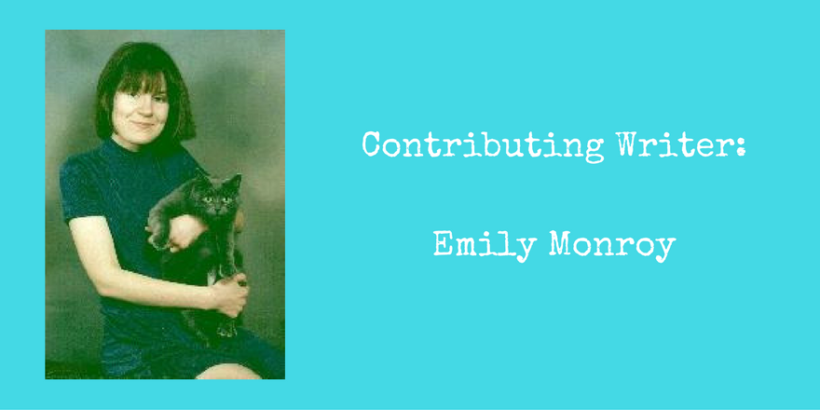Amanda Martinez’s Sola
A Canadian musical artist reaches out to her Latin roots
April/May 2007 – The Multiracial Activist
by Emily Monroy
 Lately, it seems, we are witnessing an increased interest in Latin music. Much of this interest has occurred in the field of popular music – most of us are familiar with the names Shakira, Enrique Iglesias, and Marc Anthony. But now other Latin musical genres are attempting to stake out their own territory as well, including bossa nova, jazz, and folk. One artist seeking to combine all these genres is Latin Canadian singer and songwriter Amanda Martinez, who in 2006 released her first album, Sola.
Lately, it seems, we are witnessing an increased interest in Latin music. Much of this interest has occurred in the field of popular music – most of us are familiar with the names Shakira, Enrique Iglesias, and Marc Anthony. But now other Latin musical genres are attempting to stake out their own territory as well, including bossa nova, jazz, and folk. One artist seeking to combine all these genres is Latin Canadian singer and songwriter Amanda Martinez, who in 2006 released her first album, Sola.
Amanda Martinez was born in Toronto, Canada, to a father from Mexico and a South African Jewish mother in a household she describes as “the best of both worlds.” For example, while as a child Amanda celebrated Christmas with her father, she also observed Jewish high holidays with the maternal side of the family. English was her first language, but she learned Spanish by spending time with her Mexican relatives and studying it at high school and university.
In addition, she was exposed to both parents’ musical heritages. She grew up listening to her father’s Latin albums and her mother’s South African record collection (even here she sees a connection, as much of Latin American music draws its roots from Africa). Amanda learned to love styles like Brazilian bossa nova, Afro-Cuban rhythms, Mexican folklore, and Latin jazz.
Ms. Martinez did not originally intend to enter the world of professional music. Though she studied piano at the Royal Conservatory of Music in Toronto, performed in a number of amateur bands, and always felt passionate about music, she never considered it as a career. Instead she earned a bachelor’s degree in biology and a Master’s in business. Eventually, however, Amanda realized that music was her true vocation and that if she did not respond to this calling she would regret it. She became the host of a weekly radio show called Café Latino featured on Toronto’s jazz station. And in the summer of 2006 she released Sola.
Sola, meaning “alone” in Spanish, consists of ten musical tracts, half of which were written by Martinez herself and the rest taken from other artists’ work. All but two were specially arranged by her guitarist Kevin Laliberté and pianist Julio Cesar Jimenez. Some tunes that may already be familiar to listeners include remakes of Burton Lane’s “Look to the Rainbow” from the musical Finian’s Rainbow, the traditional Mexican song “La Llorona” (“The Weeper”), and “Gracias a la vida” (“Thanks to life”) by Chilean folk singer Violeta Parra, which Martinez first heard when it was covered by American artist Joan Baez. One piece, “Manhã de Carnaval” (Carnival Morning), is sung in Portuguese; most of the others are in Spanish. Amanda herself wrote songs like “Volar” (“Fly”), “Cántame” (Sing to me), and “Diciembre” (December). The contents of the album beautifully reflect the musical styles Martinez grew up with: Afro-Cuban jazz, bossa nova, and folk.
Amanda Martinez is currently working on a second album; she is looking to delegate some of her tasks like marketing and scheduling to others so that she can concentrate more on actually composing. She meanwhile recorded the above-mentioned “La Llorona” for Canadian-based musician Jesse Cook’s new album Frontiers. So far Ms. Martinez has mainly performed in Toronto, but she hopes to do so in other Canadian cities like Montreal, Ottawa, and Saskatoon as well. Eventually too she would like to market her album outside Canada, to the United States, Europe and Latin America. Whatever her future, though, Amanda Martinez seems destined for a promising career.
See Amanda’s website and order her album at www.amandamartinez.ca. Or listen to her on Café Latino at www.jazz.fm.
Emily Monroy is a professional translator and is of Irish, Italian and Norwegian descent. Born in Windsor, Ontario, she now resides in Toronto. Her articles have appeared in several publications, including Interracial Voice, Cats Canada, and Urban Mozaik. She welcomes feedback on her articles. You can contact Emily here.

